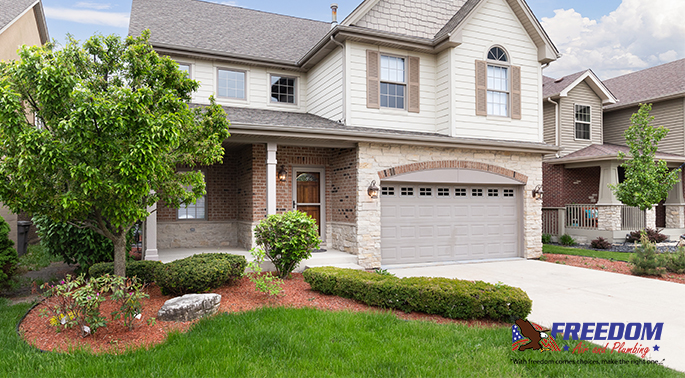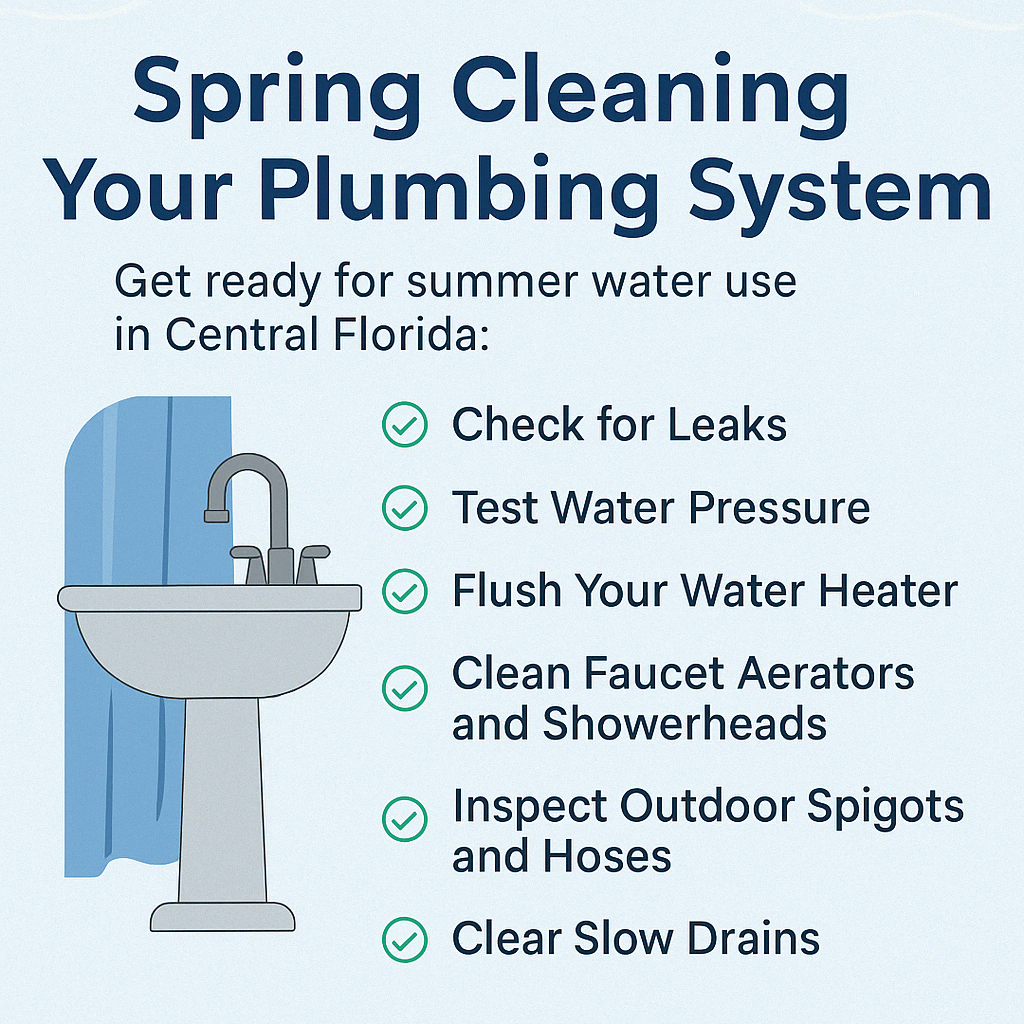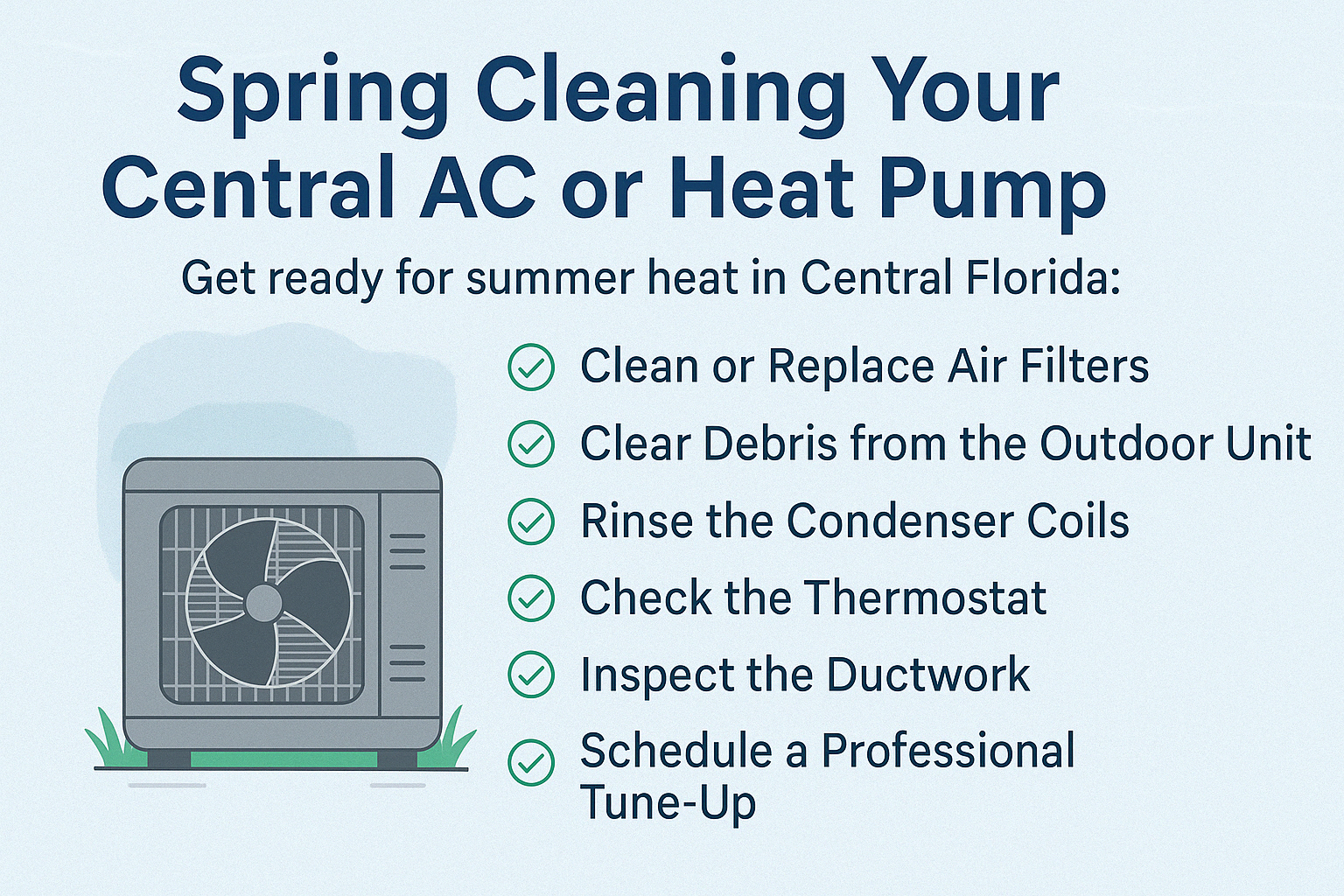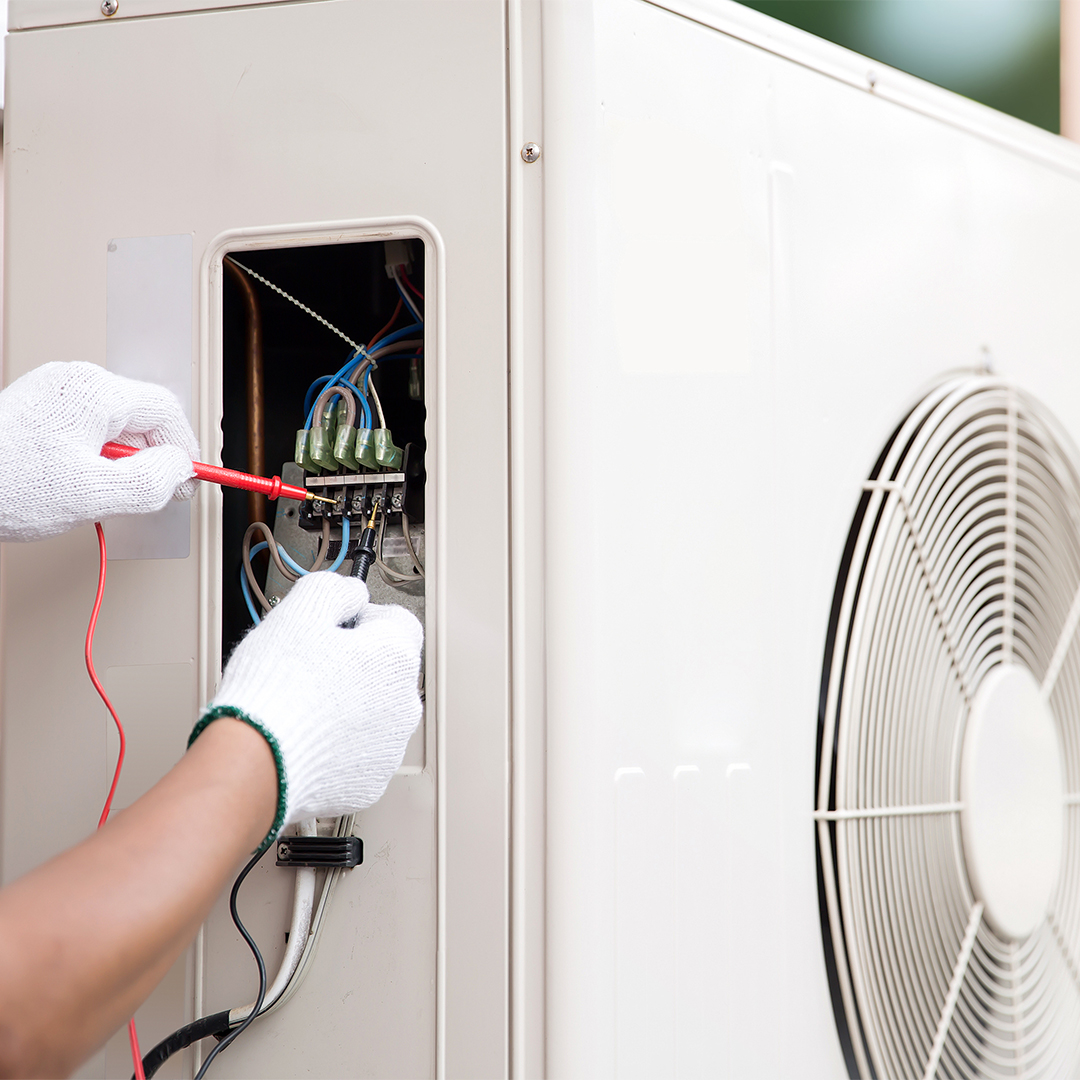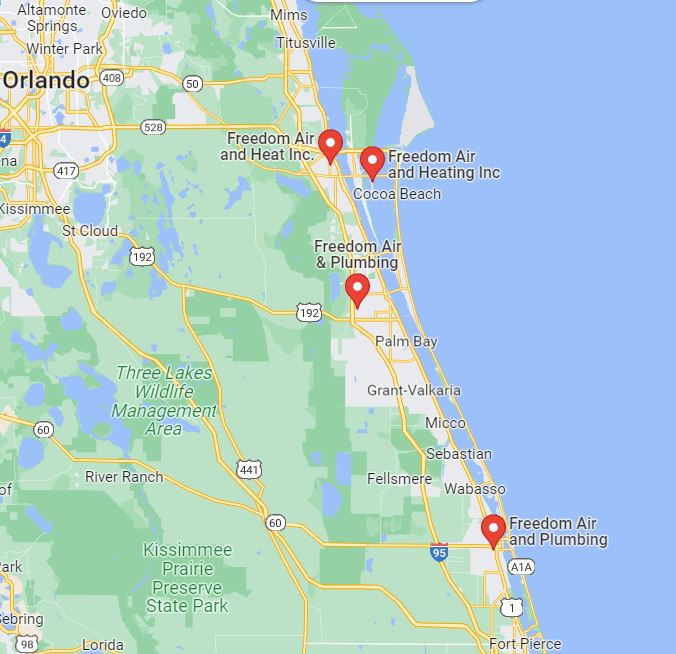3 Best Ways Homeowners Can Improve Their Indoor Air Quality
Many factors contribute to poor indoor air quality, including insufficient ventilation, problems controlling the temperature, high or low humidity levels, or recent remodeling and other activities. These factors, without a doubt, impact the fresh air coming inside your home. The most effective way to improve your indoor air quality is to eliminate sources of pollutants and/or reduce their emissions. There are three ways homeowners can do that.
-
Improve Ventilation
By increasing the amount of fresh air that is brought indoors, you’re already one step closer to better indoor air quality. This can be achieved by simply opening some doors and windows to let the fresh air inside. Other ways to improve ventilation include using ceiling fans, exhaust fans when cooking or showering, and portable air cleaners. Ventilation helps control indoor humidity and airborne contaminants, both of which can be hazardous to your health.
-
Change Filters Regularly
Most manufacturers recommend you change your air filters every 1-3 months. Not only can dirty or clogged air filters reduce airflow through the HVAC system, but they can also increase the risk of indoor air pollution. Filters are designed to filter out harmful pollutants – but if they’re dirty, they’re deemed less effective. You can’t go wrong replacing your filters on a regular basis.
-
Adjust Humidity Levels
According to the U.S. Environmental Protection Agency (EPA), you should keep indoor humidity levels between 30% to 50%. Because mold thrives in dark, moist climates, humidity levels that are 55% or higher puts you at risk. Some ways to control humidity levels your home include: investing in a dehumidifier, air drying your clothes outside, using your exhaust or ventilation fans, taking cooler showers, and opening windows.
Why Is Quality Indoor Air So Important?
Quality indoor air is so critical for good health, especially since most people in the United States spend a significant amount of time inside – whether they’re at home, at an office, or another type of building. According to the EPA, asthma affects about 25 million people in a year, including 7 million children. By improving your indoor air quality, you’re able to breathe healthier and easier. Common indoor air pollutants include secondhand smoke, radon, and combustion pollutants such as carbon monoxide and nitrogen oxide. To get back to breathing cleaner air and reducing respiratory issues, take the steps above to improve your indoor air quality.
Contact Freedom Air For All Your Indoor Air Quality Needs Today!
At Freedom Air, your comfort is our top priority. We can help you breathe easier with our various indoor air quality solutions. We provide technologies which can humidify and filter indoor air. On top of that, we also perform duct testing and replacement to ensure your home is well-ventilated. Schedule your appointment with us today and we’ll help you get back to cleaner, healthier air in no time. Call us today at 321-631-6886 or fill out our online form here.

